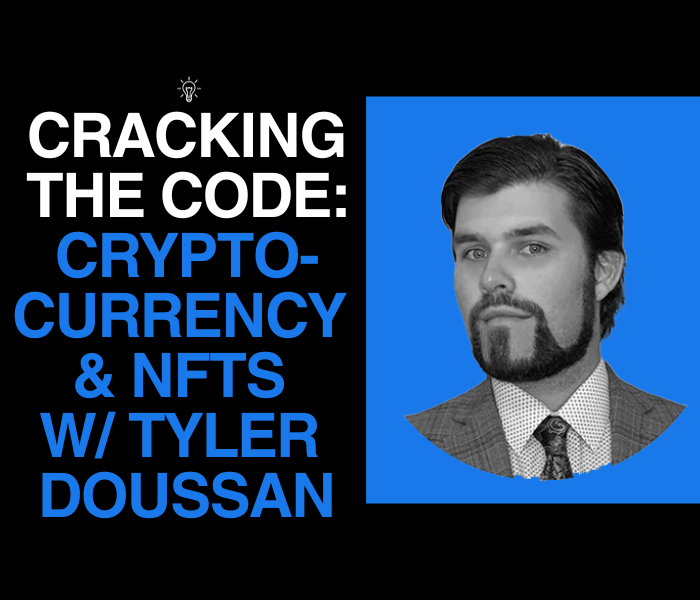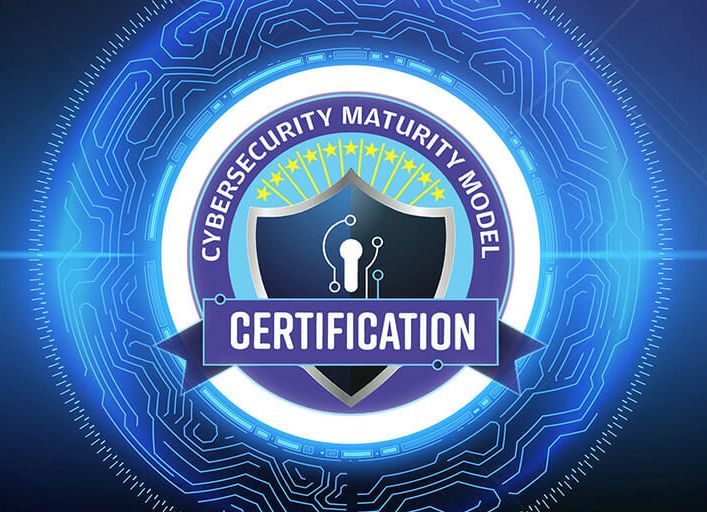Dive into the transformative intersection of traditional concepts and cutting-edge technologies with Tyler Doussan, founder of @Champ_io. In this insightful interview, Tyler, a blockchain expert, demystifies limited cryptocurrency tokens, NFTs, and decentralized exchanges, shedding light on the dynamic economy they foster. Discover the inspiration behind Crypto Champagnes, a fusion of physical and digital experiences, as Tyler envisions a multi-chain phygital marketplace. The conversation also explores the shift from Web 2.0 to Web 3.0, emphasizing transparency and utility in decentralized platforms. Join us on this journey where tangible investments meet digital assets, shaping the future of commerce and bridging the gap between Web 2 and Web 3.0.
Cryptocurrencies and NFTs have gained significant attention recently. Can you break down the basics for our readers and explain how these technologies are reshaping traditional concepts of ownership and transactions?
Businesses typically utilize forms of fiat currency or coupons in the traditional world of commerce. However, with the evolution of blockchain technology, now businesses and entrepreneurs are establishing a limited supply of cryptocurrency tokens to enable a more dynamic economy derived from the utility of products and services offered. Some businesses release a limited collection of artwork NFTs that may provide perks or discounts to services, while others release collections of video game character NFTs that can be utilized in their metaverse to play and earn. It is also common to see earning methods open via decentralized exchanges, such as farming and staking pools, which may include a combination of locking cryptocurrency tokens and NFTs. In layman terms, imagine a business requiring all clients to pay for services and products with the limited supply of cryptocurrency tokens, while offering discounts and unique earning capabilities to clients that hold limited artwork NFTs on the web3 wallet associated with their web2 account. This enables a business to drive direct utility to their limited token supply while also providing rewards or perks not possible in the web2 world!
Many people are familiar with the current state of the internet (Web 2.0), but Web 3.0 is emerging. How would you describe the differences between Web 2 and Web 3, and what implications does this shift have for the future of online interactions and content?
First, let’s break down the differences between web2 and web3. Web2 platforms are comprised of centralized databases controlled by the entity responsible for commerce and data sharing. An example of a web2 marketplace would be Amazon or eBay, such as how all client data is stored to the company’s local directory for managing shipping and payment methods of products or services purchased. With Web2 platforms, no smart contracts are utilized on the blockchain, thus reducing the level of transparency and utility a business can provide with desired cryptocurrencies or NFTs. However, with web3 platforms, the business attaches smart contracts that interact with a blockchain to record transactions and enable unique utility protocols. An example would be a decentralized exchange that allows a user to connect their web3 wallet for making trades with the liquidity provided within pools controlled by audited smart contracts, such as Elysium Swap or Champion Swap (launching in 2024). Shifting towards a decentralized marketplace infrastructure enables businesses to be more transparent and provide further utility towards those who hold digital assets that support the ecosystem. Over the next decade, we will see blue-chip web2 franchises hire web3 advisors to implement cryptocurrencies and NFTs that induce utility for their economy.
The term "phygital" combines physical and digital experiences. Could you provide examples of phygital products, and how is this blending of the physical and digital realms impacting industries such as retail, art, or entertainment?
NFC chip and RFID tag technology have been implemented within numerous industries over the years to enable businesses to leverage the blockchain for enhancing authenticity of product ownership and supply chain management. An example would be utilizing NFC chip stickers to mark products before shipping them to consumers, such as minting the product details as an NFT and storing the data of the token ID on the chip so that when it is scanned, the authentication can be validated via the NFT on the blockchain. With phygital products being linked to NFTs, owners are required to send the NFT with the phygital product if secondary resale ever occurs on a marketplace. This means that both the product and NFT can be easily tracked on the blockchain. Some clothing businesses provide a unique tagging service for consumers, such as having an RFID tag sewn into the clothing so that information like addresses and telephone numbers can be stored. We will be utilizing NFC chip and RFID tag technology for subsidiaries of the Champ Association and are excited to delve deeper into the possibilities of implementation.
Blockchain, the underlying technology of many cryptocurrencies, has applications beyond finance. How is blockchain technology being utilized in areas such as supply chain management, healthcare, or voting systems?
We've already discussed how NFC chips and NFTs are utilized to help maintain supply chain management, but there are many other ways that blockchain technology can be leveraged to enhance various industries worldwide. Healthcare will undergo a drastic evolution as medical records are stored on the blockchain via NFTs instead of centralized databases that can be lost during unexpected catastrophic events. The potential use of blockchain technology within the medical field is vast; another application could involve AI technology combined with mining algorithms to power research for cures and hypothetical digital testing environments. Imagine a blockchain powering machine algorithms required to analyze molecular structures alongside centuries of lab results to cure more diseases and extend overall vitality.
In addition to enhancing the medicinal industry, voting mechanisms issued via a Decentralized Autonomous Organization will significantly increase transparency with ballots held by associations or governments. Not to get political, but one of the major concerns in any country during electoral times is the authenticity of submissions. Blockchain could eliminate inadequate polling systems by enabling voters to create a decentralized wallet connected to a web3 governance system that facilitates votes based on whichever requirements must be met. Many web3 businesses enable community members to connect their wallet to a governance platform, allowing votes based on the total number of utility/governance tokens held in their wallet. Imagine a business issuing 1 vote per token held, so those who hold the most tokens have the heaviest weight in voting.
An easier example would be if the United States of America issued 1 vote per citizen and instructed each person to link a web3 wallet to their social security number to vote this year (of course, this would require the US government to create a dAPP enabling each citizen to link a wallet, but it's easily accomplishable).
NFTs have become a significant part of the art and entertainment world. How are artists and creators leveraging NFTs, and what opportunities and challenges do NFTs present for the creative industries?
In addition to linking NFTs with NFC chips of phygital products and entering unique farming or staking pools on a DEX, many artists and entrepreneurs issue a percentage of each resale to go towards a liquidity pool utilized for decisions made by the community via DAO. Imagine having a 5% fee on each secondary sale of NFTs within a specific collection, and at the end of each quarter the founder/project issues a voting round with three options for all members to vote upon where liquidity is injected. Beyond sharing secondary sale fees, many NFT projects are known for rewarding holders of the first NFT collection by airdropping NFTs from new collections or sharing a percentage of the mint fees. However, the most common form of utility behind NFTs are whitelisting and access features to upcoming releases of the business entity or artist.
There's ongoing debate about the environmental impact of cryptocurrency mining. Can you explain the concerns surrounding energy consumption, and are there any sustainable practices being explored within the industry?
Most negative reviews about mining are written by global activists pushing agendas to receive additional funding for their teams, because it goes without saying that green methods are abundant – solar, wind, hydro, kinetic, and many more means of green mining. Yes, one could argue about the consumption of energy being utilized by GPUs and motherboards to solve the mathematical equations required to mine, but another could argue that there is so much energy loss in the world and we just need to be better at directing where excess energy is dumped. For example, look towards a reducer in a power plant that must reduce the voltage to safely provide electricity to a house, this lost energy could be utilized to power miners. It is just a matter of humans coming together and inventing means of production.
With the rise of digital currencies and phygital products, how do you see the integration of digital and physical economies evolving? Are there potential challenges or benefits that readers should be aware of?
The future of online commerce will involve products that reward NFTs and cryptocurrencies to consumers. We at Champ Association are setting the perfect example of how businesses will implement rewarding mechanisms associated with phygital products. Not only do we rebate the consumer with digital assets upon product purchase, but revenue is also set aside when products are sold to reward node holders in our association. This means that node holders will earn passive revenue from all products sold, and the earnings will be diversified because each product rewards the utility token of the community being supported via product sales. Node holders are clients that hold enough $VIGNE and $VIGNE-$PYR LP tokens to establish a soft-locked certificate of deposit on the blockchain. I mention this to give further insight into how businesses will implement models to grow their community and economic infrastructure.
As the founder of Champ io, could you delve into the concept of Crypto Champagnes and shed light on the inspiration beyond this idea?
Roughly 3 years ago, I was working for numerous blockchain entities when Birgen Jansseune contacted me to discuss building an enterprise that bridges the gap between traditional and non-traditional finance. Eager as ever, I began to hear my business partner’s ideas and it became clear that we had many synergies. Birgen is well-versed in traditional business and has many connections within the champagne industry, while my expertise is focused on tokenomic ideation, blockchain ingenuity, and developing economic infrastructures. As experienced and passionate advocates of web2 and web3, we started working on a multi-chain phygital marketplace that we believe will revolutionize the phygital commerce space. Our flagship subsidiary involves offering unique physical champagne products that not only serve as a tangible investment but also grant the purchaser digital assets. This merging of the physical and digital worlds allows users to enjoy the luxury of champagne while also stepping into the profitable realm of digital asset investing. The first type of product we will be offering to the public is “Crypto Champagne” that rewards the purchaser with the cryptocurrency displayed on the bottle, along with other unique digital asset rebates such as NFTs for our flagship metaverse game! By utilizing the Elysium Network as our layer-1 blockchain, we can sponsor the gas required for contracts to be signed by consumers; utilizing the GIFT protocol of Elysium Network allows us to provide phygital products to web2 consumers with ease. Our primary goal is to establish an association of subsidiaries that focuses on bridging the gap between traditional and non-traditional finance investing; we want clients to be able to obtain cryptocurrency by purchasing our products, and we want to reward those who support the association’s $VIGNE utility token via multi-faucet nodes with utility rewards derived from revenue accumulated during product sales.








